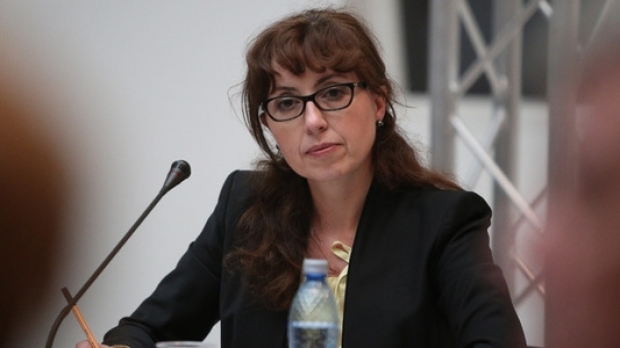Germany has published the first report on the utilisation of genetic resources through the Access and Benefit-sharing (ABS) Clearing-House by issuing a checkpoint communiqué concerning research on ants from South Africa. This was rapidly followed by checkpoint communiqués from Malta and Qatar.

The ABS Clearing-House is a global repository of information that helps provide legal certainty and transparency in the context of the Nagoya Protocol on Access to Genetic Resources and the Fair and Equitable Sharing of Benefit Arising from their Utilisation. Part of the role of the ABS Clearing-House is to enable countries to monitor how genetic resources are used along the value chain for commercial or non-commercial research, which is particularly useful when genetic resources have left the country.
Dr. Cristiana Paşca Palmer, Executive Secretary of the Convention on Biological Diversity and United Nations Assistant Secretary-General, said: “The monitoring system is a key piece of the Nagoya Protocol, and I am very pleased to see it being put into action. Being able to track the use of genetic resources is critical to creating trust between users and providers of genetic resources. The ABS Clearing-House is a unique feature of this international agreement and provides an important tool for connecting users and providers of genetic resources.”
The system for monitoring the utilisation of genetic resources is further explained in a short video launched during the recent meeting of the Convention’s Subsidiary Body on Implementation: https://absch.cbd.int/database/VLR/ABSCH-VLR-SCBD-240572.
The checkpoint communiqués from Germany and Malta also mark the first time that interoperability functions have been used to automatically publish information on the ABS Clearing-House. In this case, information published on the European Union’s (EU) DECLARE tool, an EU-wide tool which enables users of genetic resources to submit the required due diligence declarations, was automatically transferred and published on the ABS Clearing-House. Using interoperability mechanisms like the application programming interface of the ABS Clearing-House is a practical and efficient way for Parties to the Nagoya Protocol to automate the publication of information on the Clearing-House.
Additional countries have also joined the Nagoya Protocol in recent weeks following ratifications by Afghanistan, Austria, Central African Republic and Palau. This brings the total number of ratifications to 109.
Dr. Paşca Palmer said: “These recent ratifications demonstrate that implementation of the Protocol is gaining momentum. The more countries participate, the better the Nagoya Protocol can meet its objective of contributing to conservation and sustainable use of biodiversity through access to genetic resources and benefit-sharing.”
